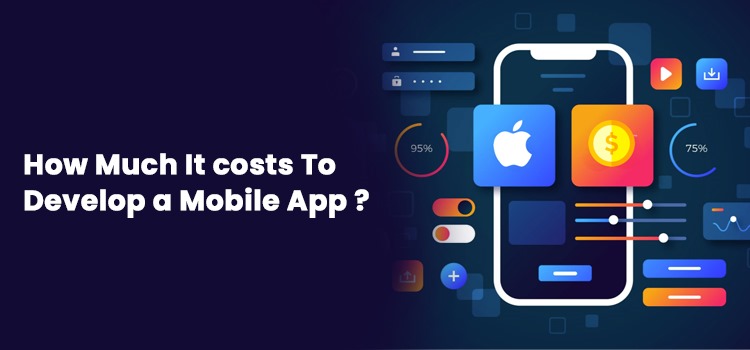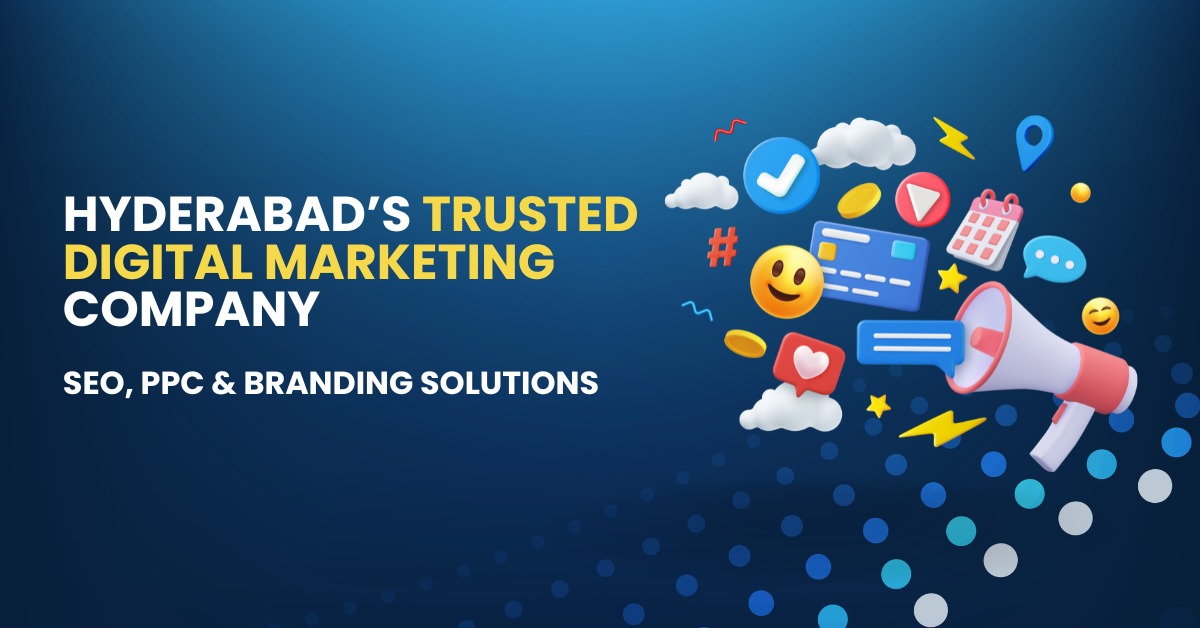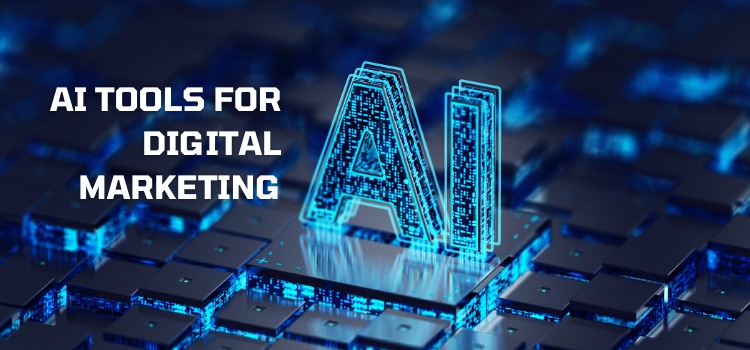
Mobile applications are now indispensable for businesses striving to maintain visibility and competitiveness around the clock. The design phase of mobile app development is especially critical, as it serves as the primary element that captivates users and encourages them to engage with your services. A well-crafted design not only enhances user experience but also sets your app apart from the competition.
But have you ever wondered about the overall cost of designing an app with all its features and functionalities? we’ll break down the entire costing process for app design, offering insights into what goes into creating an app that stands out and delivers value. Whether you’re planning to develop a new app or just curious about the investment involved, this guide will provide a comprehensive overview of the financial aspects of app design.
In today’s fast-paced digital landscape, mobile applications have become a cornerstone of business strategy. They offer a direct line to customers, enhance user engagement, and can significantly boost a company’s competitive edge. However, the cost of developing a mobile app can vary widely depending on various factors. This comprehensive guide will walk you through the key steps in mobile app development and how they impact the overall cost.
1. Initial Strategy Development
The journey to developing a mobile app begins with strategy development. This phase is crucial for setting the foundation of your project. It involves several key activities:
- Defining Objectives: Clarify the goals of your app. Are you looking to increase brand awareness, drive sales, or provide a new service? Defining clear objectives helps in aligning the app’s design and functionality with your business needs.
- Market Research: Analyze market trends, understand your competition, and identify your target audience. This research helps in creating a product that stands out and meets user needs.
- Budget Planning: Determine a budget that covers all stages of development, from design to deployment. Factor in costs for marketing, maintenance, and potential updates.
2. Data Collection and Requirement Analysis
Once the strategy is in place, the next step is data collection and requirement analysis. This stage focuses on understanding what features and functionalities the app needs to have.
- User Research: Conduct surveys, interviews, and usability tests to gather insights about user preferences and pain points.
- Requirement Gathering: Collaborate with stakeholders to list out the app’s core features, desired functionalities, and performance metrics.
- Competitive Analysis: Evaluate similar apps to understand their strengths and weaknesses. This analysis can guide feature development and user experience design.
3. UI/UX Design
The design phase is where your app starts to take shape. It involves creating a visually appealing and user-friendly interface. Key activities include:
- Wireframing: Develop wireframes to outline the app’s layout and functionality. This step helps in visualizing the app structure before detailed design work begins.
- Prototyping: Create interactive prototypes to test and refine the app’s usability and functionality. Prototypes help in gathering feedback early in the design process.
- UI/UX Design: Focus on creating a compelling user interface (UI) and user experience (UX). This includes designing screens, navigation elements, and overall visual aesthetics.
4. Design Concept Development
In this phase, the design concept is developed further based on the wireframes and prototypes. It involves:
- Goal Setting: Revisit the initial goals and ensure that the design aligns with them.
- Audience Analysis: Deepen your understanding of your target audience’s preferences and behaviors.
- User Role Identification: Define the roles and interactions of different types of users within the app.
5. Platform Considerations
The platform on which your app will be built has a significant impact on development costs. Here’s a breakdown of considerations for different platforms:
- iOS vs. Android: Developing for iOS and Android requires different programming languages and design guidelines. Building separate apps for each platform can increase costs.
- Cross-Platform Development: Using frameworks like React Native or Flutter allows you to build a single app that works on both iOS and Android. This can reduce costs but may involve trade-offs in performance and customization.
- Native Development: Developing native apps for each platform offers the best performance and user experience but is more expensive.
6. Development and Coding
The development phase is where the app comes to life. It involves coding, integrating features, and ensuring the app functions as intended. Key activities include:
- Backend Development: Create the server-side logic, database structures, and API integrations required for the app to function.
- Frontend Development: Develop the client-side code that users interact with, including UI elements and user interactions.
- Integration: Integrate third-party services, such as payment gateways or social media platforms, as needed.
7. Testing and Quality Assurance
Testing is essential to ensure that the app is free of bugs and performs well under various conditions. This phase includes:
- Functional Testing: Verify that all features work as intended.
- Usability Testing: Ensure the app is easy to use and meets user expectations.
- Performance Testing: Test the app’s performance under different conditions, such as varying network speeds and device capabilities.
- Security Testing: Check for vulnerabilities and ensure that user data is protected.
8. Deployment and Launch
After thorough testing, the app is ready for deployment. This phase involves:
- App Store Submission: Prepare and submit the app to the relevant app stores (e.g., Apple App Store, Google Play Store). This includes creating store listings, providing app descriptions, and adhering to store guidelines.
- Marketing and Promotion: Develop a marketing strategy to promote your app and attract users. This may involve social media campaigns, influencer partnerships, and press releases.
9. Maintenance and Updates
Once the app is live, ongoing maintenance and updates are necessary to keep it functional and relevant. This phase includes:
- Bug Fixes: Address any issues or bugs that arise after launch.
- Performance Improvements: Optimize the app based on user feedback and performance metrics.
- Feature Updates: Add new features and improvements to keep the app competitive and engaging.
Essentials Ideas for App Designing
Mobile Application Development Company holds the grip of designing as well as building new apps for the world. When a client comes for a proposal for app design, several factors need to be kept in mind during the app designing process, like user engagement, UI/UX design, creative and unique design, marketing, business-oriented theme, and a lot more. Following the app designing idea from start to end is a tough task, and any reference designs of competitors will not work unless you have your original plan to succeed in this field.
Summary
The cost of developing a mobile app varies based on a range of factors, including the app’s complexity, the platforms targeted, and the expertise of the development team. Mobile app designing is a tough task in terms of innovation, uniqueness, and engagement factors. But when estimating the cost of mobile app development, it will mention nothing but a long list of user requirements, including the time frame of designing, app platform and device selection, screens to be developed, interface designing, and app categories, i.e., native, web, or hybrid. Additionally, the pricing varies over the global location.
Feel free to get in touch with :
Email: sales@versatileitsol.com
Visit our website: https://www.versatileitsol.com/Follow Versatile IT Solutions on social media, where we educate our followers on a variety of digital topics: Facebook, Instagram, Twitter, LinkedIn
27th September, 2024.

Why Versatile IT Solutions Is the Leading Global IT Company in the India, USA, UAE & Netherlands

Versatile IT Solutions – Leading Professional Web Development Services in India, USA, and Dubai

Hyderabad’s Trusted Digital Marketing Company | SEO, PPC & Branding Solutions

How Staffing Services Improve Recruitment Efficiency

 +91 970 193 0011
+91 970 193 0011 +1 934 221 7261
+1 934 221 7261 +971 55 316 6156
+971 55 316 6156 +31 6200 48 269
+31 6200 48 269




